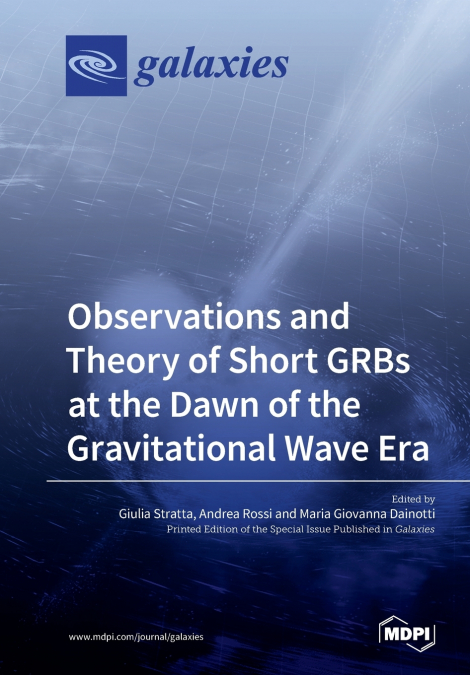
The book starts with a review of the established facts on the numerical simulations of binary neutron star mergers and simulations of short GRB jets that highlights the issues that need to be revised and further clarified, as the need to understand how the relativistic outflow was launched, what the initial structure of the outflow is, and how it evolved through its interaction with the binary ejecta. Constraints on a local population of faint short duration GRBs are then provided in light of the GW170817/GRB 170817A event at d~40 Mpc by considering statistical limits on a d < 200 Mpc population. Using past and current GRB detectors, results suggest that GRB 170817A-like events are likely to be rare in existing short GRB catalogues and, if binary neutron star merger rates are at the high end of current estimates, then at most a few percent will be accompanied by detectable gamma-ray flashes in the forthcoming LIGO/Virgo science runs. Indirect information on the nature of short GRBs can be obtained from their host galaxy. The host galaxies of most short GRBs are found to be star-forming, but an important fraction, ∼1/5, are elliptical with negligible star formation. Short bursts often occur at very large off-sets from their hosts, in regions where there is little or no underlying host light. These results provide evidence of progenitors associated with merger of compact object binaries with kick velocities of a few tens of km/s and merger times of ∼1 Gyr. The last two issues of the book tackle the physics of the short GRB radiative processes. Interestingly, it was already noted in the past that the prompt emission for short GRBs and the initial 2 s of long-duration GRBs show similarity in the low energy photon index. This result has been further confirmed using a larger sample of Fermi Gamma-ray burst monitor data. In particular, it has been found that for 25% of GRBs, the photon index is shallower than −2/3, challenging the standard synchrotron emission scenario. The extent up to which the reverse shock component is detectable for short GRBs in radio wavelengths is analyzed. Results show that early, radio bright reverse shock is expected in many cases, but more rapid follow-up observational campaigns are required in order to test these predictions.